Changing Forms of Energy Worksheet Grade 6
Worksheets are a valuable resource for educators seeking to engage their grade 6 students in learning about the changing forms of energy. By providing a structured and interactive platform, these worksheets help students explore and understand the different entities and subjects related to energy transformation. With clear instructions and thought-provoking questions, these worksheets encourage critical thinking and ensure a comprehensive understanding of this important scientific concept.
Table of Images 👆
More Energy Worksheets
Light and Heat Energy WorksheetsTypes of Energy Transfer Worksheet
Energy Light Heat Sound Worksheets
3 Forms of Energy Worksheets
Energy Worksheets for Third Grade
What is energy?
Energy is a fundamental property of matter that can be converted into various forms such as heat, light, or motion, and is required for any physical or chemical change to occur. It exists in various forms like kinetic, potential, thermal, and nuclear, and plays a crucial role in all aspects of our life and the functioning of the universe.
What are the different forms of energy?
The different forms of energy include kinetic energy (energy of motion), potential energy (stored energy), thermal energy (heat energy), chemical energy (energy stored in chemical bonds), nuclear energy (energy stored in the nucleus of an atom), electromagnetic energy (energy carried by light and other forms of radiation), and mechanical energy (energy stored in objects due to their position or motion).
What is potential energy?
Potential energy is the energy that an object possesses due to its position or configuration. It is stored energy that has the potential to be converted into kinetic energy, which is the energy of motion. Potential energy can be found in various forms such as gravitational potential energy, elastic potential energy, and chemical potential energy.
What is kinetic energy?
Kinetic energy is the energy an object possesses due to its motion. It is directly related to the object's mass and speed, with the formula for calculating it being 1/2 * mass * velocity^2. The greater the mass and speed of an object, the higher its kinetic energy, and this energy can be transformed into other forms of energy.
Give an example of a transformation between potential and kinetic energy.
One example of a transformation between potential and kinetic energy is when a ball is thrown upwards into the air. At the highest point of its trajectory, the ball has maximum potential energy due to its height above the ground. As the ball falls back towards the ground, its potential energy decreases while its kinetic energy increases, resulting in a transformation of energy from potential to kinetic.
What is thermal energy?
Thermal energy is the internal energy present in a system due to its temperature, which is the average kinetic energy of the particles within the system. It is the energy that determines the system's temperature and can be transferred in the form of heat from one object or substance to another.
How is thermal energy transferred?
Thermal energy can be transferred through three main methods: conduction, convection, and radiation. Conduction occurs when heat is transferred through a solid material by direct contact between molecules. Convection involves the movement of fluids (liquids or gases) to carry heat from one place to another through bulk movement of the fluid. Radiation is the transfer of heat energy in the form of electromagnetic waves, such as from the sun to the Earth. Each method plays a role in how thermal energy is transferred in various systems and environments.
What is electrical energy and how is it produced?
Electrical energy is the energy that is created by the movement of electric charges. It is produced through various methods such as burning fossil fuels to generate steam that turns turbines connected to generators, harnessing the power of flowing water to turn turbines, using wind turbines to convert wind energy into electricity, utilizing sunlight to generate solar power through photovoltaic cells, and employing nuclear reactions to heat water and produce steam for electricity generation.
What is chemical energy?
Chemical energy is a type of potential energy stored in the bonds of chemical compounds. It is released when a chemical reaction occurs and the bonds between atoms are broken, resulting in the transformation of the stored chemical energy into thermal energy, light, or mechanical work.
Give an example of energy transformation involving chemical energy.
When a person eats a banana, the chemical energy stored in the carbohydrates, such as glucose, is broken down through digestion to release energy in the form of ATP (adenosine triphosphate) molecules. This energy is then utilized by the person for various physiological processes, such as muscle contraction, nerve function, and overall metabolism, representing an example of the transformation of chemical energy from the banana into mechanical and biochemical energy within the human body.
Have something to share?
Who is Worksheeto?
At Worksheeto, we are committed to delivering an extensive and varied portfolio of superior quality worksheets, designed to address the educational demands of students, educators, and parents.

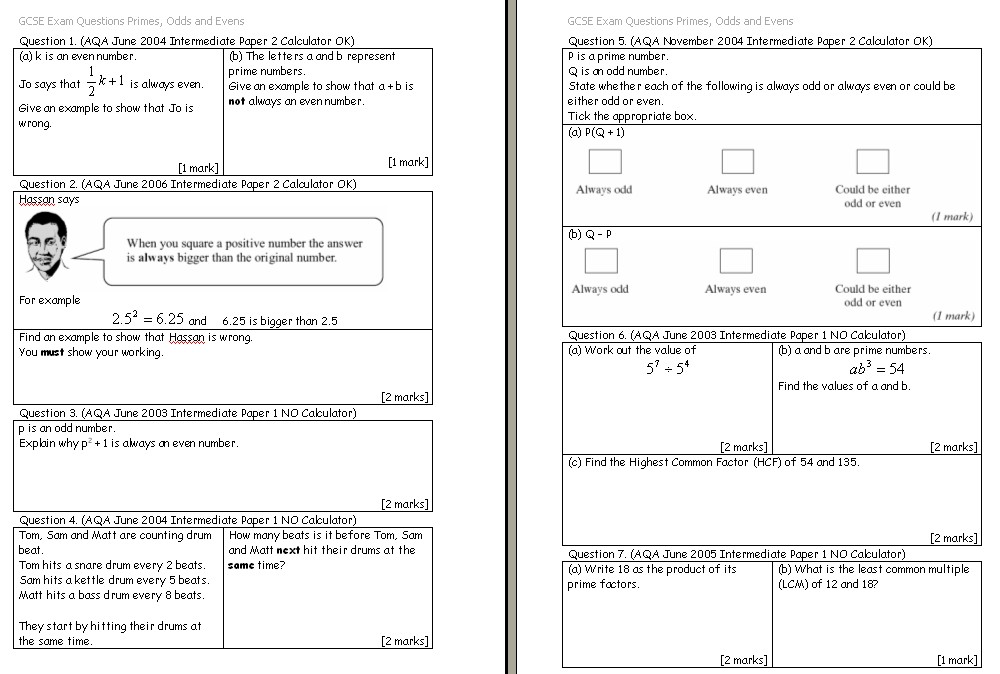



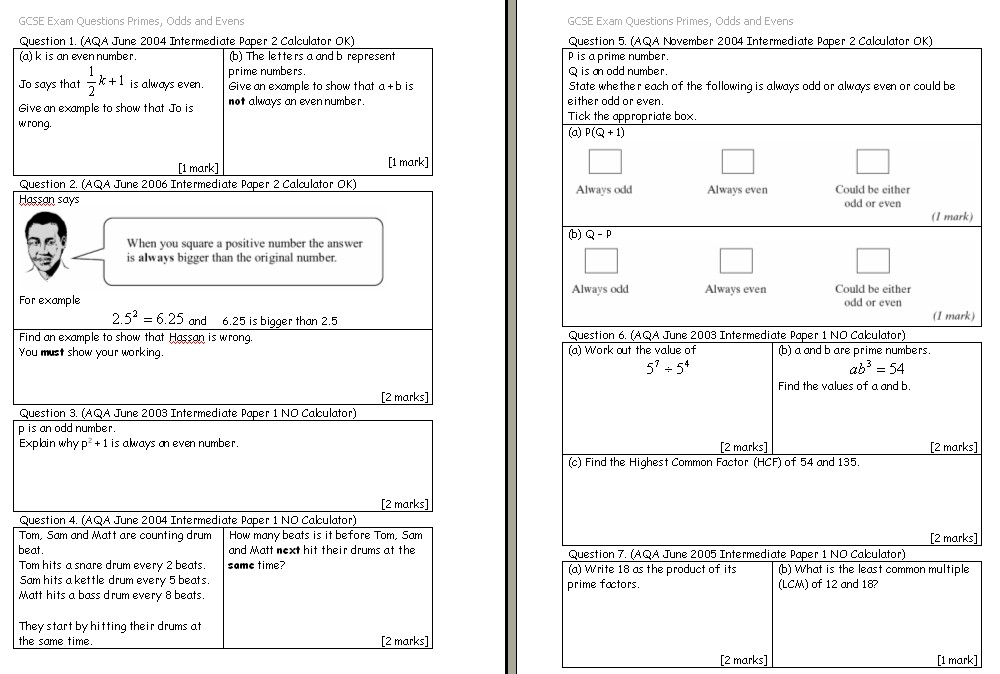
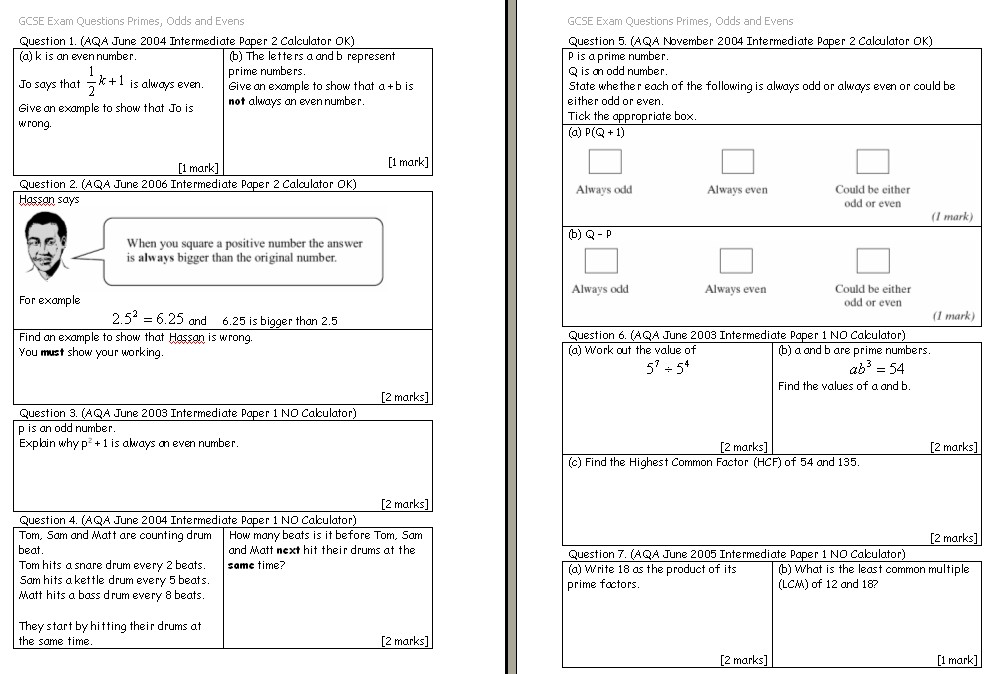
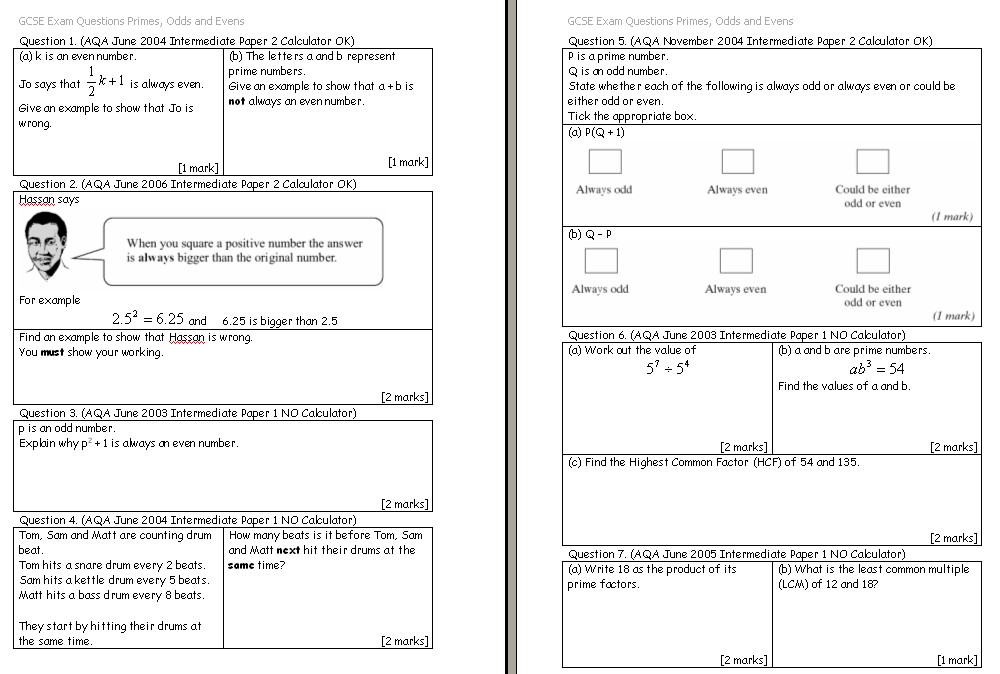
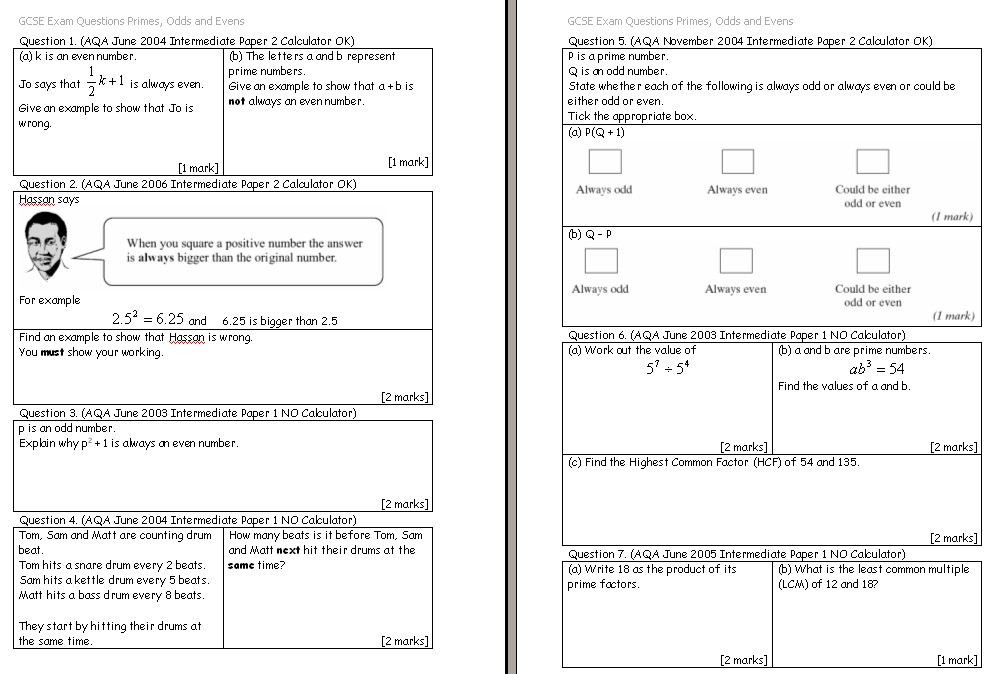
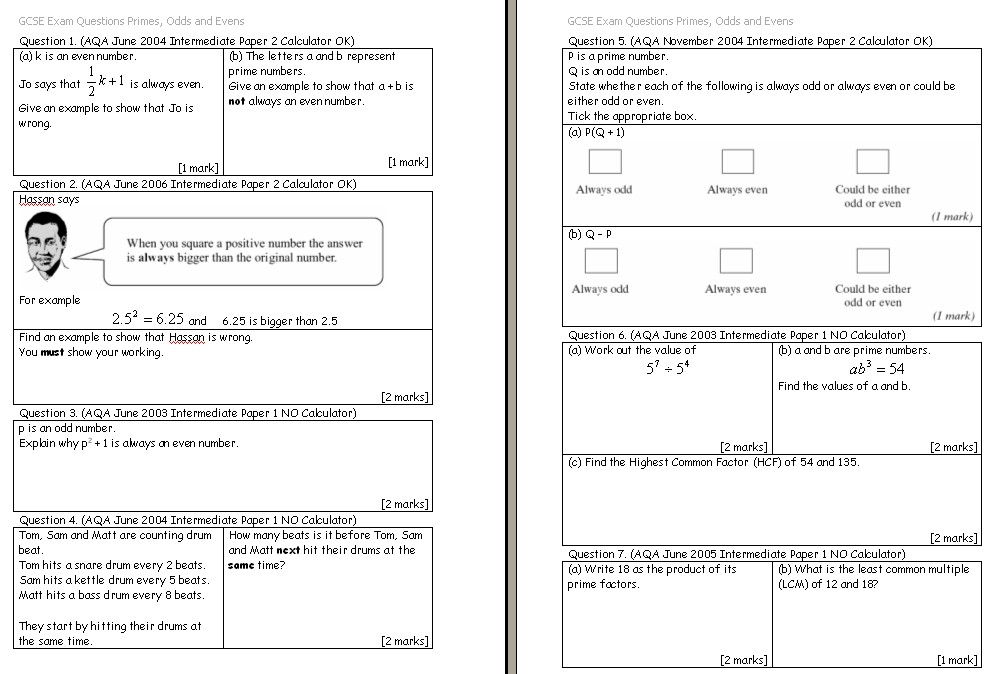
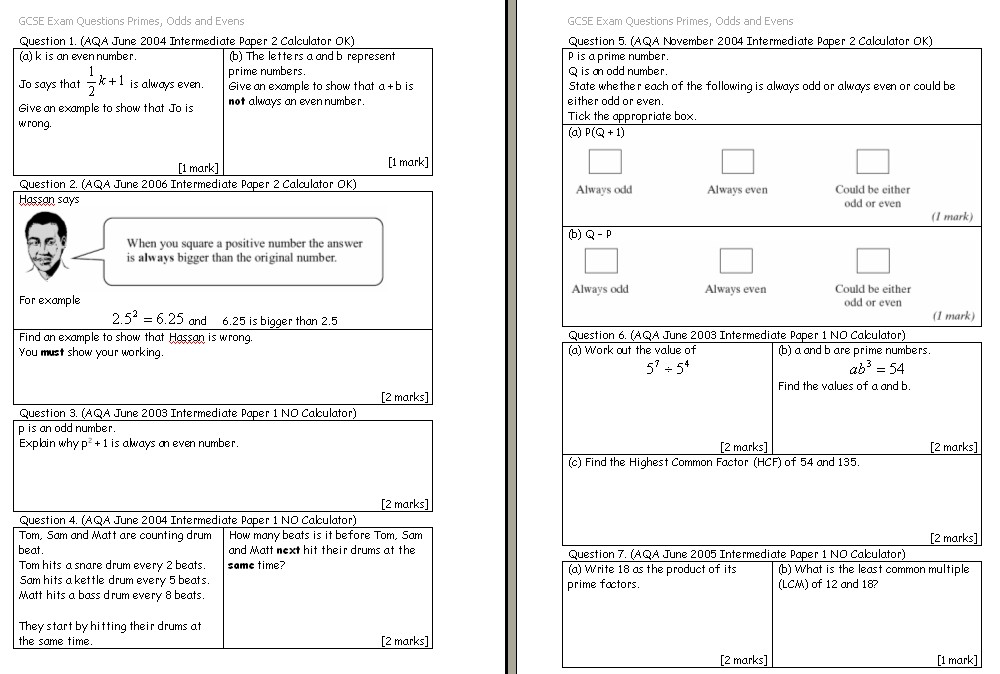
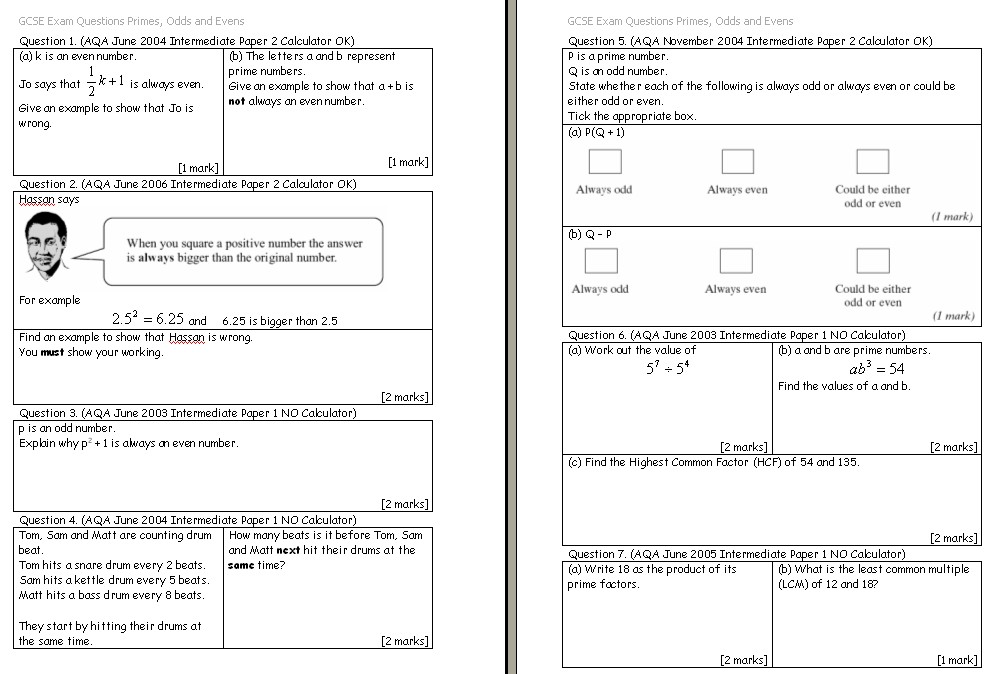
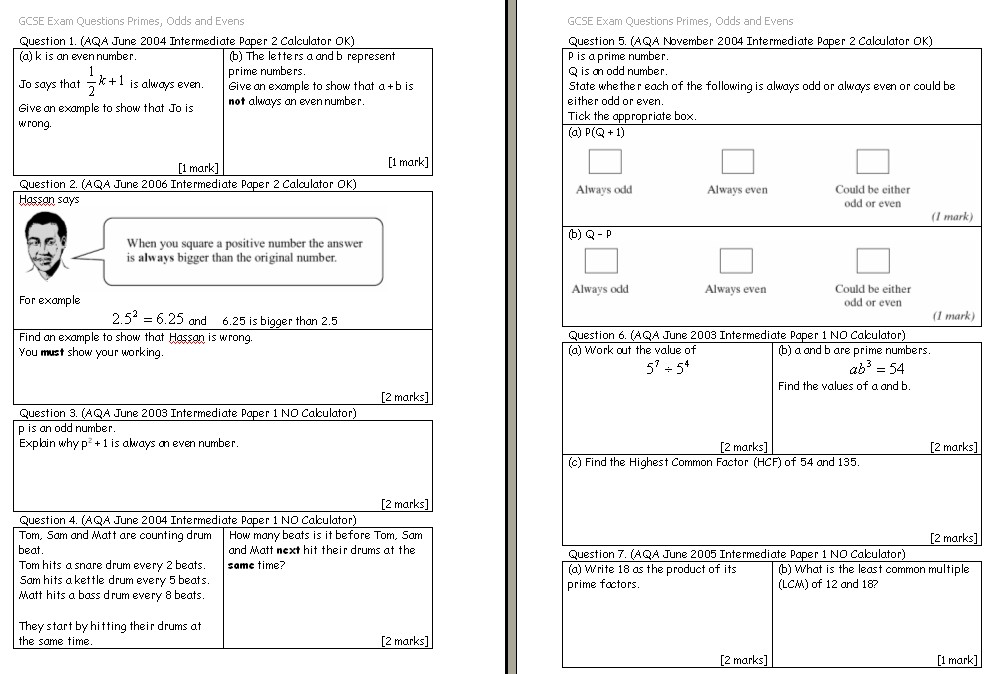
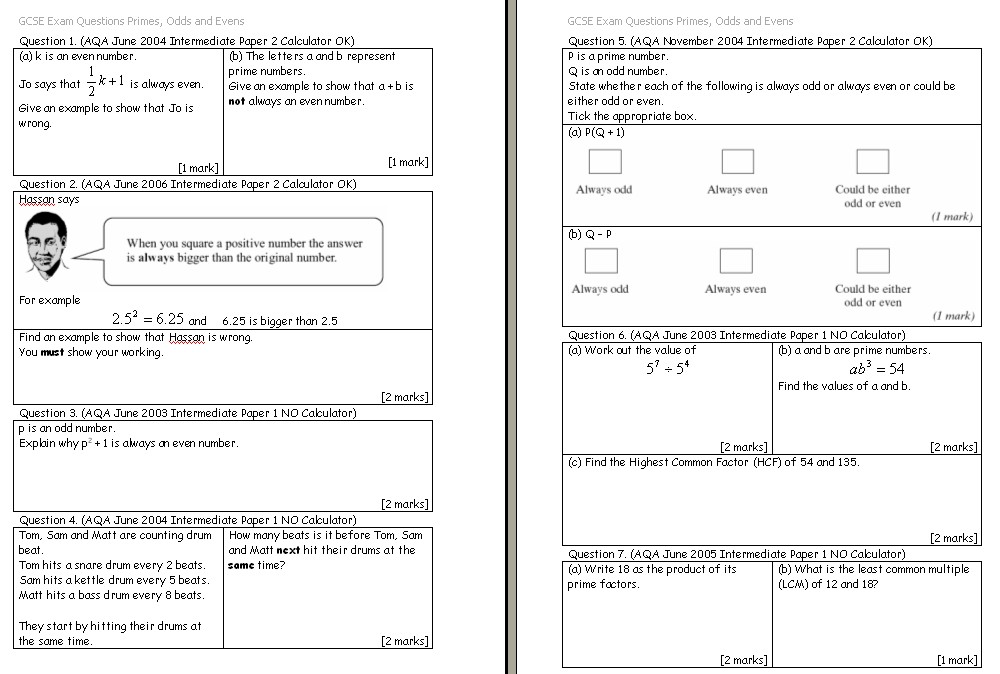
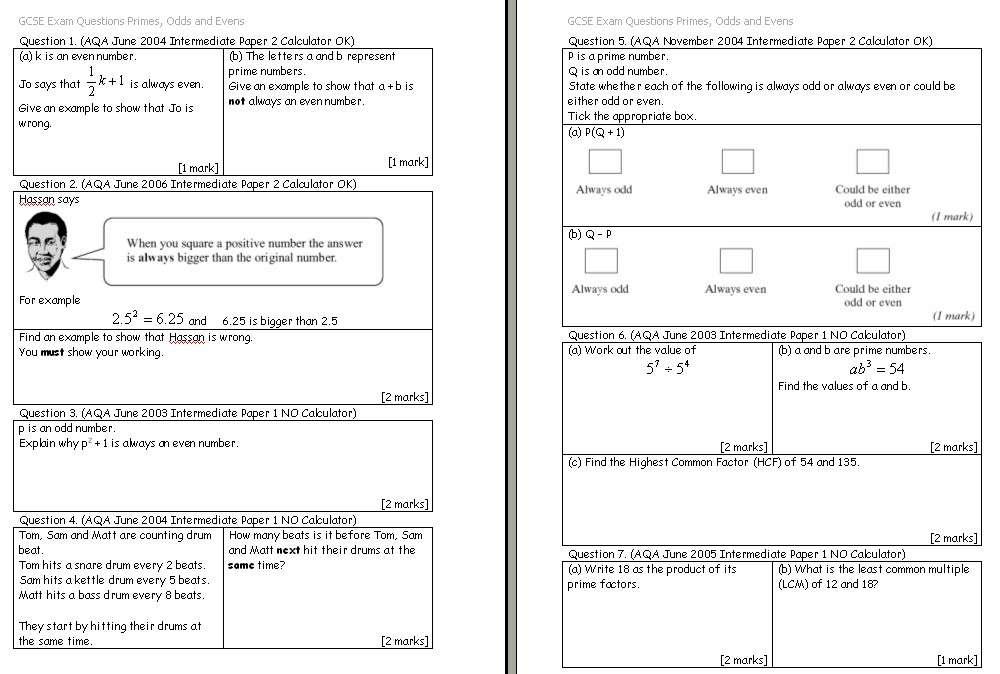
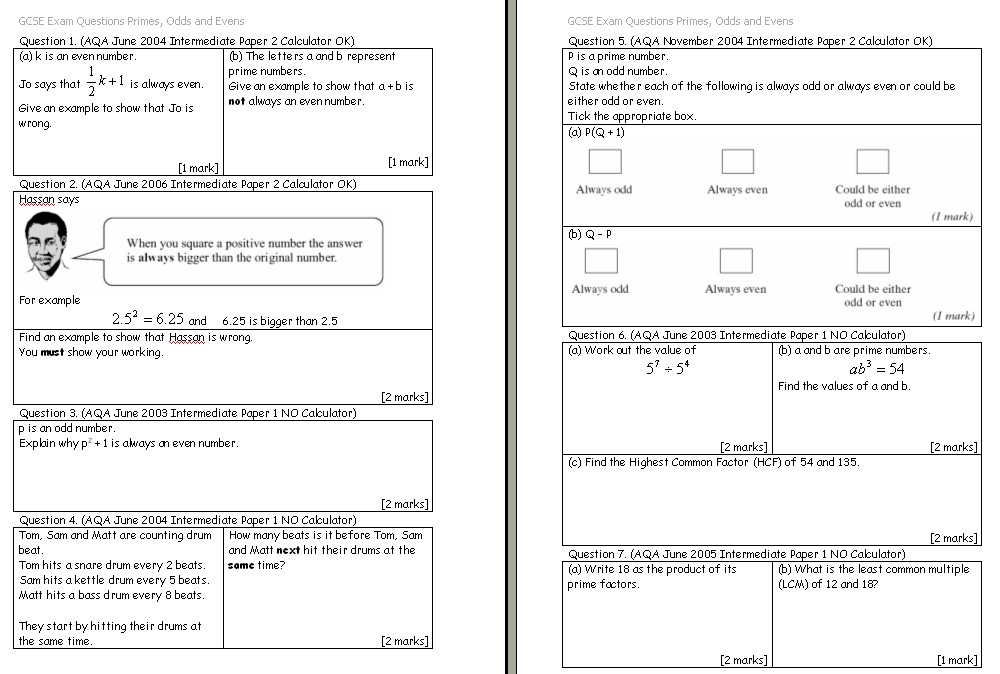
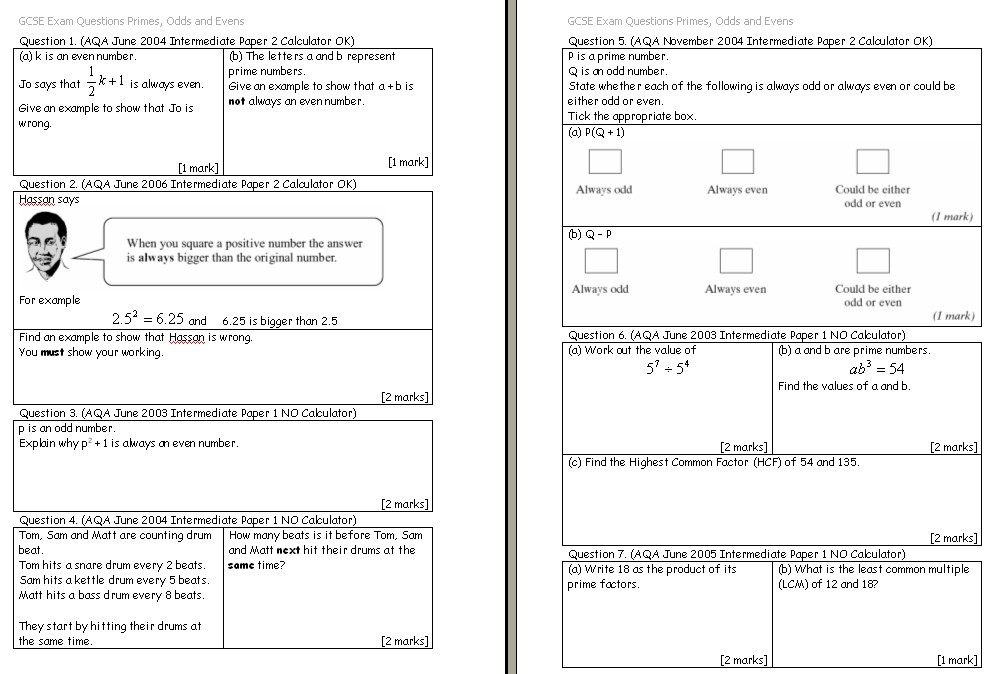
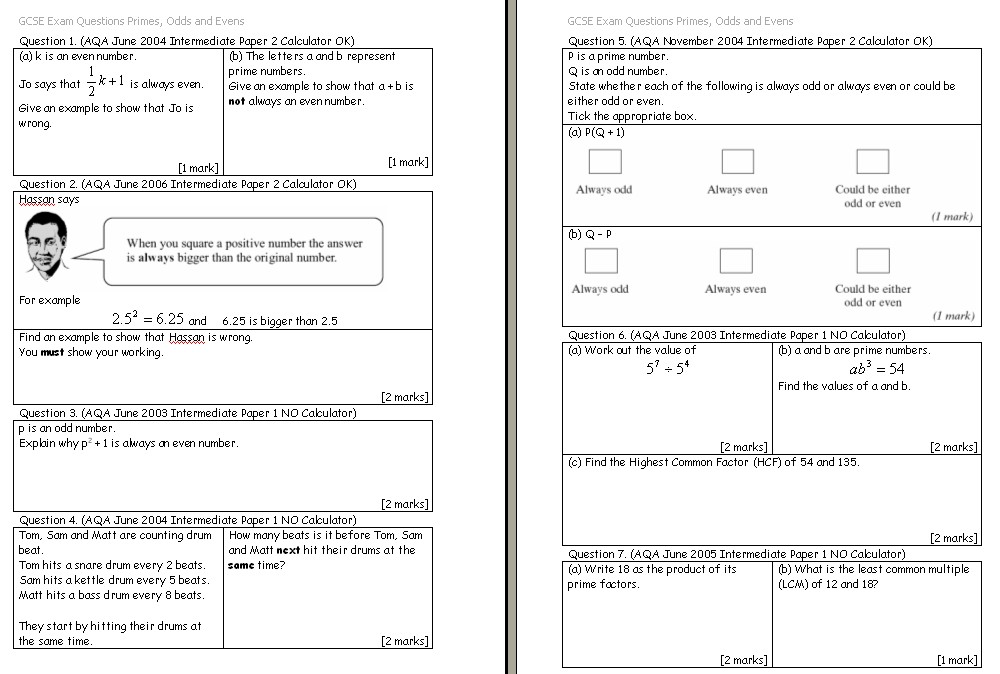
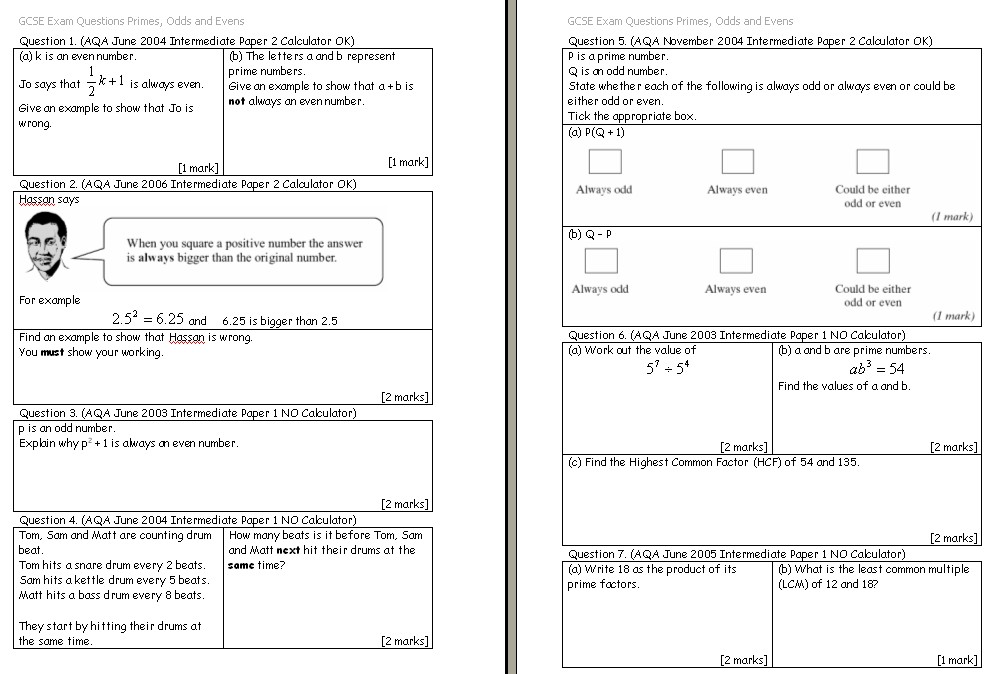
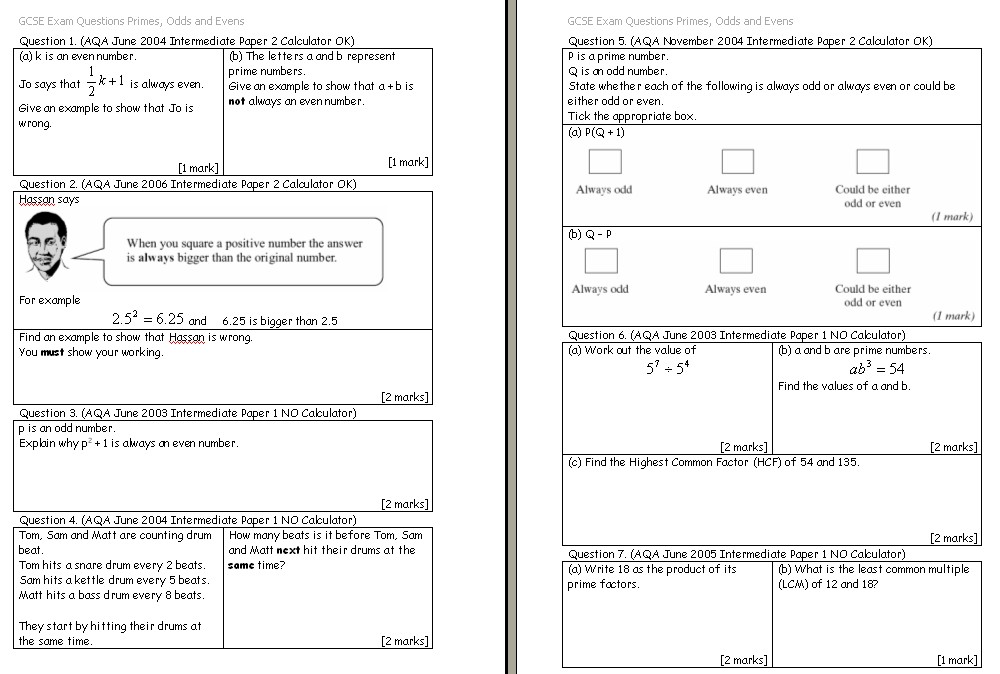
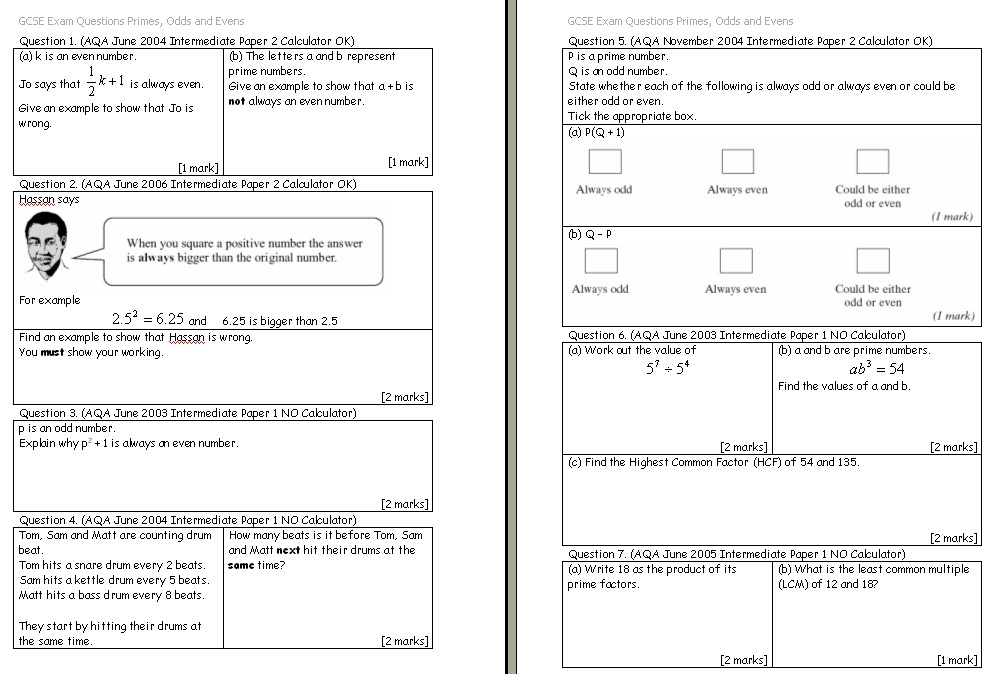
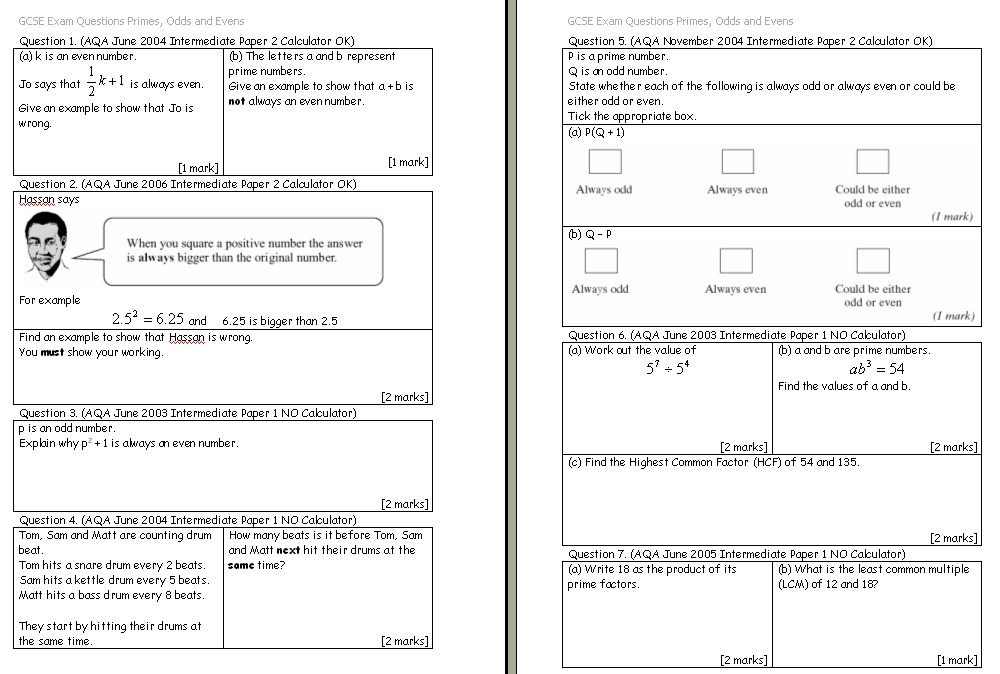
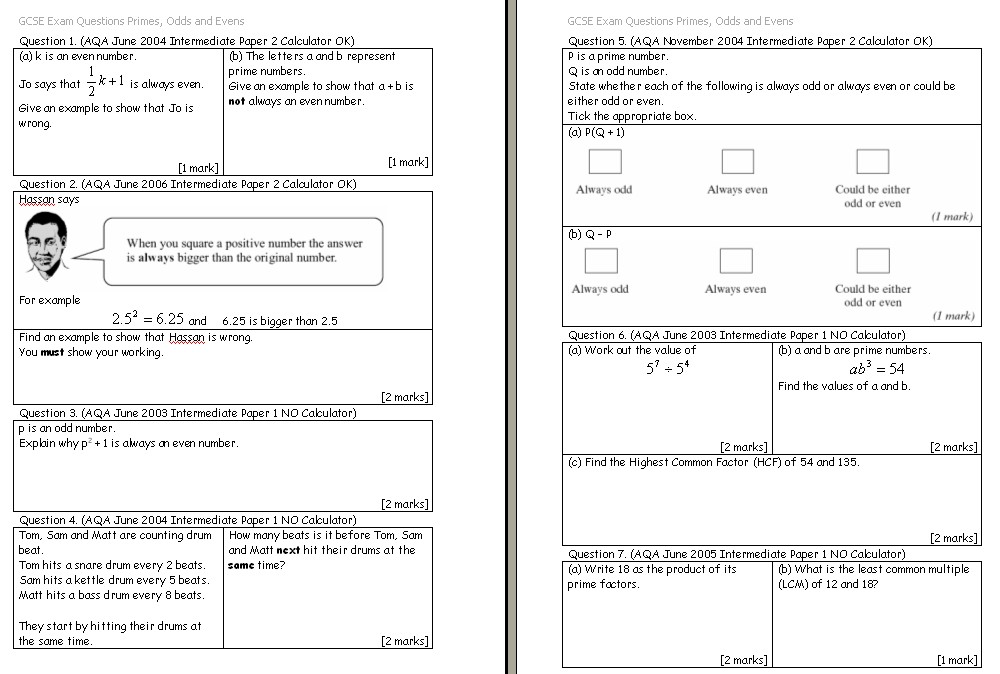













Comments